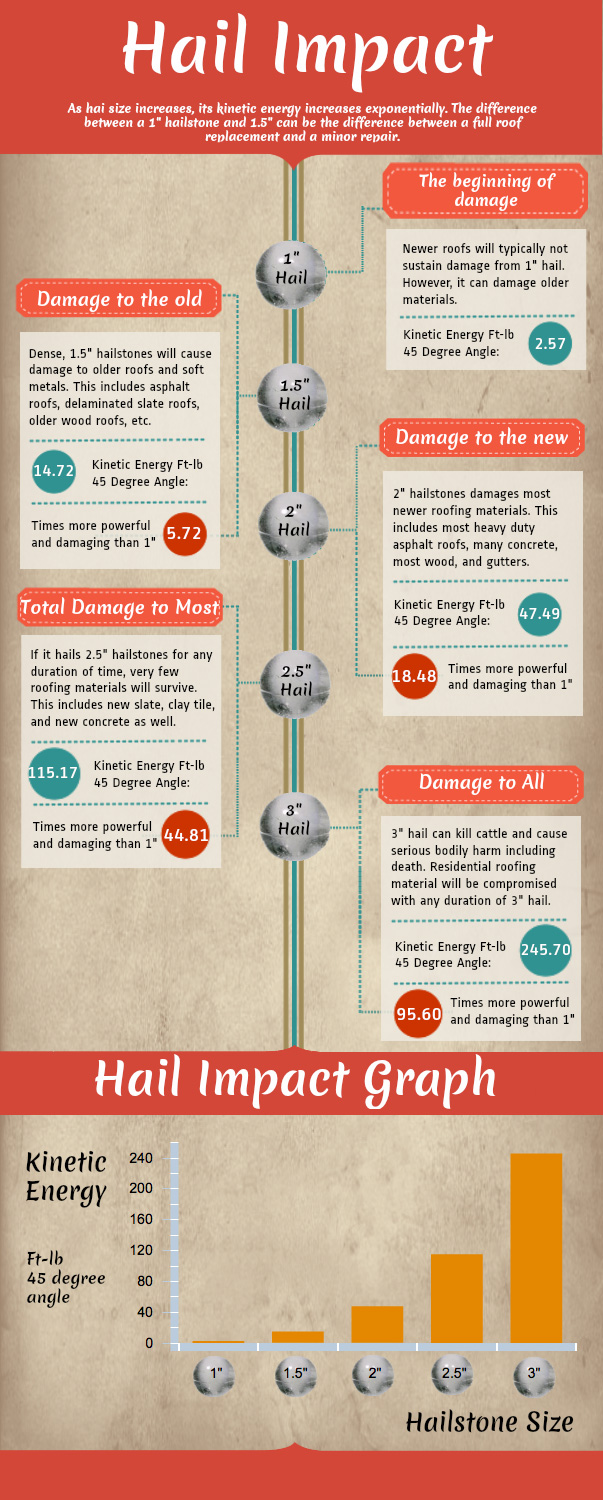A Contrast Of Solar Panel Kind: Discovering The Most Effective Fit For Your Residential Demands
A Contrast Of Solar Panel Kind: Discovering The Most Effective Fit For Your Residential Demands
Blog Article
visit the next document By-Guy Marquez
When it concerns choosing the ideal photovoltaic panels for your home, the choices can be overwhelming. Each kind provides distinctive advantages and trade-offs, making it vital to figure out which variables straighten best with your goals. Whether your focus is on performance, cost-effectiveness, or looks, there's a solar panel kind that can deal with your demands. So, before you decide, consider the vital aspects that will affect your solar energy system's performance and viability for your home.
Monocrystalline Solar Panels
When thinking about photovoltaic panels, you might discover monocrystalline photovoltaic panels. These panels are known for their high efficiency rates as a result of their building from a single continual crystal structure. This style permits monocrystalline panels to execute better in reduced light conditions contrasted to various other types of solar panels. Furthermore, their sleek black appearance makes them a popular option for residential installments, assimilating effortlessly with most rooftops.
One essential advantage of monocrystalline solar panels is their room efficiency. They require less space to create the very same quantity of electrical energy as other solar panel types, making them suitable for homes with restricted roof covering area.
While monocrystalline panels tend to be a lot more pricey ahead of time, their long-lasting sturdiness and efficiency usually make them a cost-effective financial investment in the world of solar energy. If solar for houses focus on performance and visual appeals in your solar panel option, monocrystalline panels could be the appropriate selection for your home.
Polycrystalline Solar Panels
Polycrystalline solar panels, additionally referred to as multicrystalline photovoltaic panels, provide a different option to monocrystalline panels. These panels are made from silicon crystals that are melted with each other, creating a much less consistent appearance compared to monocrystalline panels.
One of the vital benefits of polycrystalline panels is their lower production cost, making them an extra economical alternative for homeowners wanting to buy solar energy.
While polycrystalline panels might have a slightly reduced effectiveness rate compared to monocrystalline panels, they still offer a trusted and cost-effective method to generate solar energy for your home. These panels carry out well in high temperatures and are a long lasting option for a range of environments.
If you have a larger roofing room and are seeking to maximize your power production without breaking the financial institution, polycrystalline panels could be the right selection for you.
When thinking about solar panel alternatives for your home, it's important to consider the cost-effectiveness and efficiency of polycrystalline panels against your energy requirements and budget plan constraints.
Thin-Film Solar Panels
Proceeding to Thin-Film Solar Panels, these panels offer a distinct choice to conventional silicon-based alternatives like polycrystalline panels. Thin-film panels are light-weight and adaptable, making them less complicated to install on various surface areas like curved rooftops or wall surfaces. They're likewise extra aesthetically pleasing, blending in effortlessly with the design of your home.
Nonetheless, it's necessary to note that thin-film panels usually have reduced efficiency prices contrasted to crystalline silicon panels. This means you may need more space to create the exact same quantity of electrical energy.
On the bright side, thin-film panels execute much better in low-light problems and have a lower temperature coefficient, implying they can create even more power on warm days. If you have adequate room and are trying to find a versatile and aesthetically appealing solar panel choice, thin-film panels could be a wonderful selection for your home.
Conclusion
Finally, when picking the best solar panel type for your home, consider your energy needs, budget plan, and area constraints. Monocrystalline panels provide high effectiveness in restricted room, while polycrystalline panels provide a cost-effective alternative with trustworthy performance. Thin-film panels provide flexibility and visual allure but might have lower performance prices. By evaluating these elements, you can select the photovoltaic panel kind that best fits your particular requirements.
